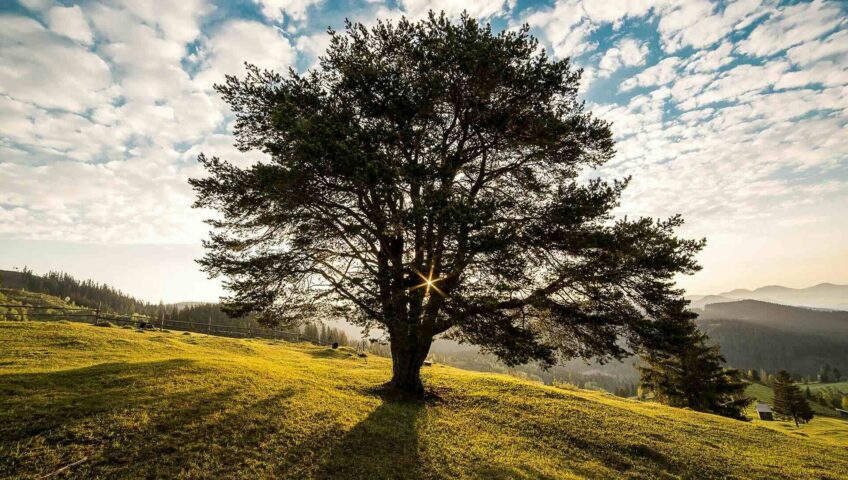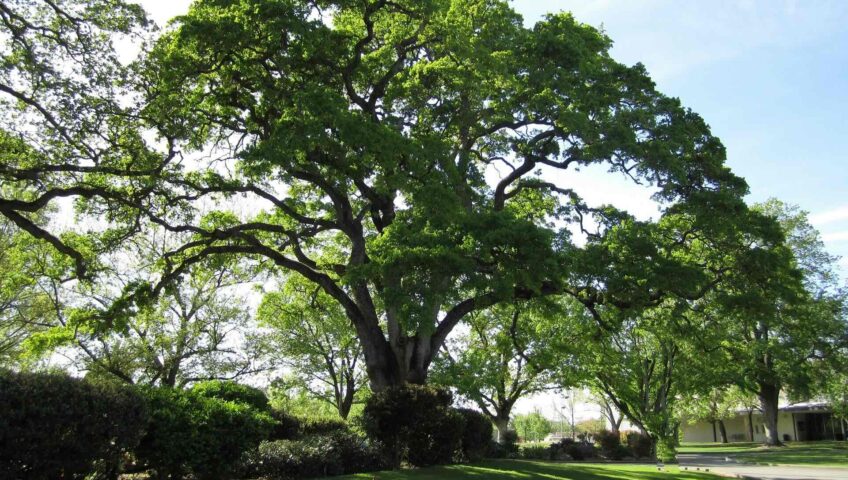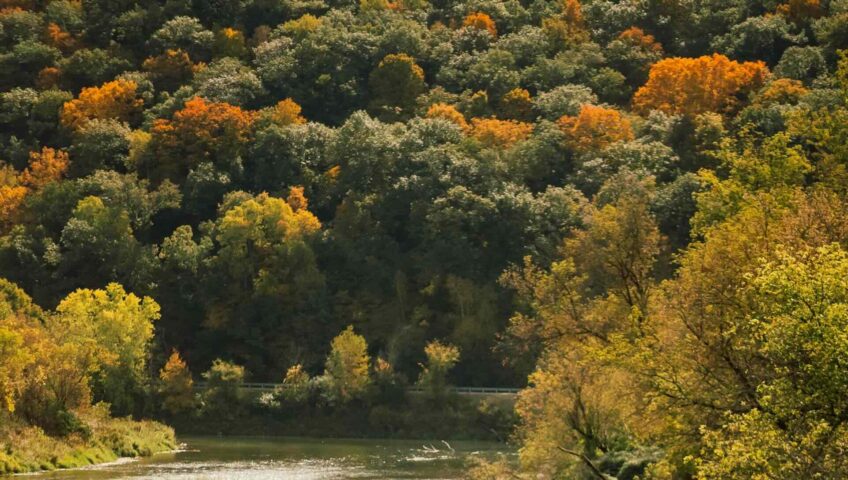
By Saving Oaks
Updates and Announcements
Buffalo Niagara Trees, Oak Tree Care, Oak Tree Growth, Oak Tree Preservation, Oak Wilt Disease, Oak Wilt Prevention, Prevent Oak Wilt, Professional Tree Care, Protect Oak Trees, Red Oak Susceptibility, Saving Oak Trees, SavingOaks.com, Tree Fungicide Injection, Tree Vaccination, White Oak Characteristics
Oak trees are among the most iconic and valuable trees in North America, offering shade, wildlife habitat, and environmental benefits. However, oak wilt disease is a growing threat, particularly to the Red Oak family, which includes Northern Red Oak, Pin Oak, Black Oak, Scarlet Oak, and Nuttall Oak. Understanding the characteristics of different oak species, oak wilt susceptibility, and how to protect them is crucial for preserving these majestic trees.
At SavingOaks.com, we specialize in tree vaccinations to safeguard oak trees against oak wilt disease. This article will help you identify different types of oak trees, understand their unique growth characteristics, and take proactive steps to protect them.
The Red Oak vs. White Oak Family
Oak trees fall into two main categories: Red Oaks and White Oaks. Each has distinct growth patterns, leaf characteristics, and susceptibility to oak wilt.
Red Oak Family – Fast Growth, High Risk
The Red Oak typically grows faster but has a shorter lifespans than White Oaks. While they provide quick shade and excellent wildlife support, they are highly susceptible to oak wilt. Once infected, a Red Oak can die in as little as 4-6 weeks.
Common Red Oak Species and Their Traits:
Northern Red Oak – Grows 65-100 ft tall, has moderate drought tolerance, and thrives in well-drained soil.
Pin Oak – A fast-growing oak reaching 60-70 ft, prefers acidic, moist soils, and is highly susceptible to oak wilt.
Black Oak – Typically 80-100 ft tall, with deeply cut leaves, it tolerates drought well but is vulnerable to disease.
Scarlet Oak – A medium-fast grower with C-shaped leaf sinuses, found in sandy, well-drained soils.
Nuttall Oak – Can reach 80-100 ft, prefers moist, acidic soils, and grows rapidly, making it a common urban shade tree.
White Oak Family – Long Lifespan, Moderate Resistance
The White Oak grows more slowly but lives significantly longer—some species can survive over 600 years. They also have a moderate resistance to oak wilt, making them a more resilient choice for long-term landscapes.
Common White Oak Species and Their Traits:
White Oak – One of the longest-lived oaks (300-600 years), it grows 80-100 ft and prefers well-drained soil.
Burr Oak – A slow-growing species, reaching 70-90 ft, adaptable to rocky soils, and highly drought-tolerant.
Chestnut Oak – Features toothed leaves, thrives in rocky, well-drained soils, and can live 200-400 years.
Swamp White Oak – Grows in wet to well-drained soils, reaches 70-90 ft, and offers moderate oak wilt resistance.
Which Oak Trees Are Most Vulnerable to Oak Wilt?
The Red Oak family is very susceptible to oak wilt disease, while the White Oak family has a higher resistance but is not immune.
Why Is Oak Wilt So Dangerous?
Fast-Killing Fungus – Oak wilt clogs the tree’s vascular system, preventing water and nutrients from flowing, leading to rapid wilting and death.
Spreads Underground & by Beetles – It moves through root grafts between trees and is carried by sap beetlesthat transfer spores.
No Cure After Infection – Once a tree shows symptoms, there is no effective treatment—removal is often the only option.
How to Protect Your Oak Trees from Oak Wilt
Since oak wilt has no cure, the best approach is prevention through tree vaccination. SavingOaks.com, specializes in preventative tree vaccinations to shield oak trees from infection before it’s too late.
Tree Vaccination: The Best Defense Against Oak Wilt
Prevents Infection – A professional injection protects the tree’s vascular system from the oak wilt fungus.
Lasts Up to Two Years – A single treatment provides up to 24 months of protection.
Environmentally Safe – Fungicide injections are tree-specific and do not harm surrounding plants or wildlife.
When Should You Vaccinate?
Tree vaccinations are most effective when done before oak wilt appears in your area. The best time to vaccinate is during the growing season when trees can absorb and distribute the fungicide effectively.
Trust SavingOaks.com to Protect Your Oak Trees
At SavingOaks.com, we are dedicated to preserving oak trees through advanced, science-backed tree vaccination services. Unlike general tree care companies, we focus exclusively on disease prevention, ensuring your trees remain healthy and strong for years to come.
Why Choose SavingOaks.com?
✔ Oak Wilt Prevention Experts – Specializing in tree vaccination services.
✔ Science-Backed Treatments – Using proven, effective fungicide injections.
✔ Tree-Saving Focus – We don’t cut trees down—we protect them.
Act Now to Safeguard Your Oak Trees
Oak wilt is a serious threat, and the time to act is now. If you have Red Oaks or other vulnerable species on your property, the best way to protect them is through professional tree vaccinations.
Don’t wait until it’s too late—schedule a tree vaccination today and protect your oaks from deadly oak wilt!
Download our comprehensive Oak Tree Characteristics Chart.


